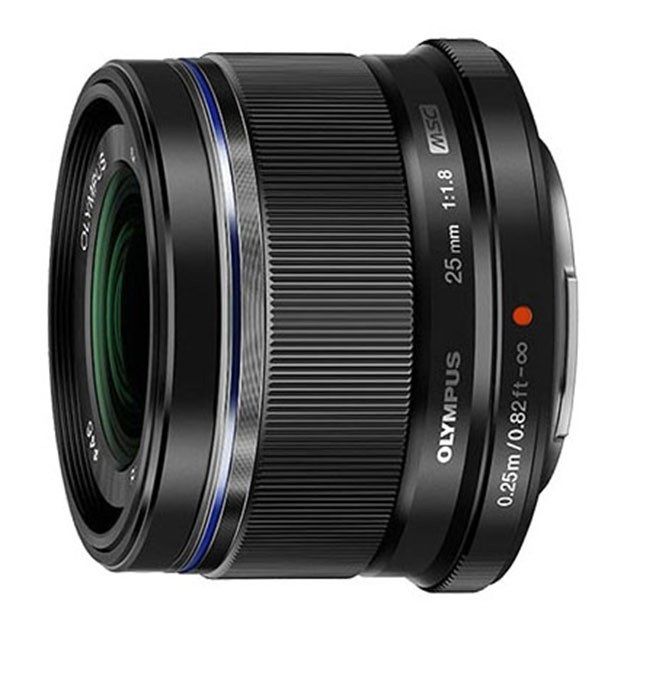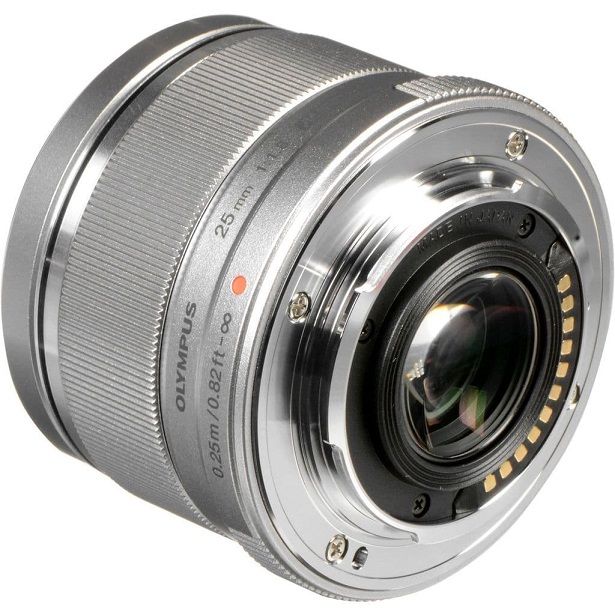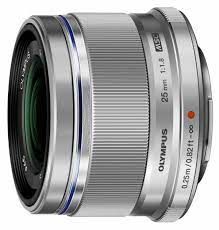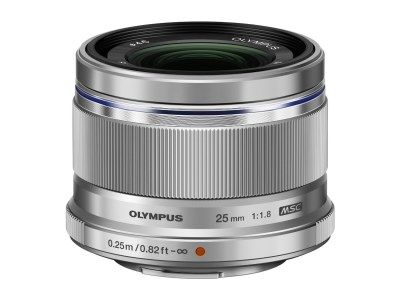Product Description
OM System / Olympus M.Zuiko Digital 25mm f/1.8 Lens – Compact Excellence
The Olympus 25mm f/1.8 M.ZUIKO Digital Lens is a must-have for photographers seeking high-quality optics in a lightweight and compact design. Offering exceptional sharpness, stunning bokeh, and a natural field of view, this versatile prime lens is perfect for a variety of photography styles, including portraits, landscapes, and street photography.

Key Features:
-
Bright f/1.8 Aperture:
- Enables excellent low-light performance and precise depth-of-field control for beautiful background blur (bokeh).
- Perfect for portraits, close-ups, and creative shots with subject isolation.
-
Standard 25mm Focal Length:
- Provides a 47° angle of view, similar to what the human eye perceives, for natural-looking compositions.
- Equivalent to a 50mm lens on a full-frame camera, making it an ideal all-purpose lens.
-
Compact and Lightweight:
- Ultra-portable design ensures you can take this lens anywhere, making it perfect for travel and everyday use.
- Weighs just 137g, making handheld shooting a breeze even for extended periods.
-
Superior Optical Performance:
- Delivers sharp, clear images with minimal distortion.
- Features advanced optical construction that ensures your subject is pin-sharp while delivering smooth, creamy bokeh in the background.
-
ZERO Coating:
- Minimises ghosting and flaring by cutting certain wavelength reflections by up to 50%.
- Ensures exceptional image clarity even when shooting in challenging lighting conditions, such as backlit environments.
-
Close Focusing Capability:
- Capture intricate details with an impressive minimum focusing distance, ideal for close-up photography.

Why Choose the Olympus 25mm f/1.8?
-
Versatility:
A perfect standard lens for a wide range of photography, from portraits to landscapes and everything in between. -
Bright Aperture:
The f/1.8 aperture not only excels in low light but also creates stunning subject-background separation for professional-looking results. -
Portable and Travel-Friendly:
Its compact design makes it an excellent travel companion, freeing you from the need for heavy gear. -
Premium Build Quality:
Crafted with precision and durability in mind, this lens is as stylish as it is functional.

Specifications:
- Focal Length: 25mm (50mm equivalent on full-frame)
- Maximum Aperture: f/1.8
- Minimum Aperture: f/22
- Lens Construction: 9 elements in 7 groups
- Field of View: 47°
- Filter Size: 46mm
- Weight: 137g
- Dimensions: 57.8mm diameter x 42mm length
Perfect For:
- Portrait Photography: Create beautiful, softly blurred backgrounds that make your subjects stand out.
- Street Photography: Compact size and natural field of view make it perfect for capturing candid moments.
- Low-Light Photography: The wide aperture allows you to shoot handheld in dim environments without sacrificing image quality.
- Travel Photography: Lightweight and easy to carry, it’s an essential lens for capturing your adventures.
The Olympus 25mm f/1.8 M.ZUIKO Digital Lens combines premium optics, a bright aperture, and a lightweight design to deliver exceptional results across various photography styles. Whether you're an enthusiast or a professional, this lens offers the perfect balance of performance, portability, and versatility, making it a valuable addition to any kit.
Capture sharp, vibrant, and naturally composed images effortlessly with the Olympus 25mm f/1.8 M.ZUIKO Digital Lens—a lens designed to inspire creativity and elevate your photography.
Payment & Security
Your payment information is processed securely. We do not store credit card details nor have access to your credit card information.

























